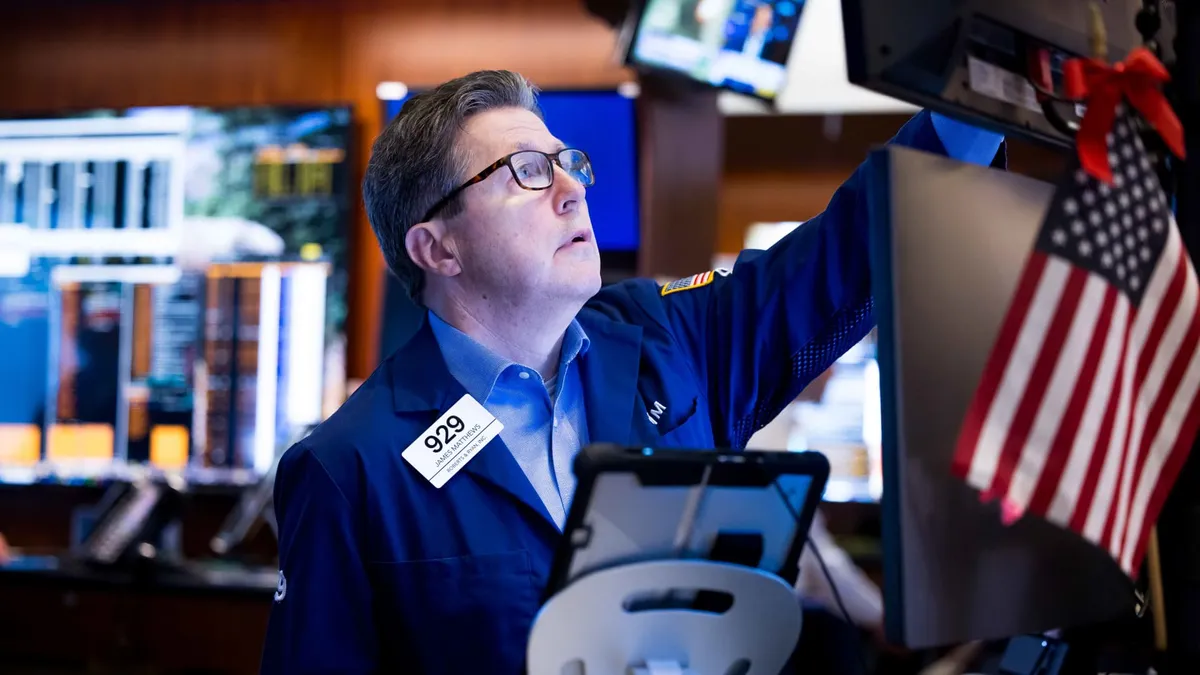
S&P 500 futures remained nearly flat on Tuesday night as investors closely monitor the potential for the benchmark index to regain its all-time high. Futures linked to this broad market index dipped slightly by less than 0.1%, while Dow Jones Industrial Average futures experienced a minor decline of 13 points. Meanwhile, Nasdaq 100 futures saw a marginal increase, indicating a mixed market sentiment.
Earlier in the day, the S&P 500 surged by more than 1% during Tuesday's trading session, boosted by a significant drop in oil prices. This decline was driven by optimism surrounding a potential ceasefire between Iran and Israel. Following this gain, the index is now positioned less than 1% away from its record high. The Nasdaq Composite also saw a notable rise of over 1%, while the Dow jumped more than 500 points. Particularly, the Nasdaq 100 climbed by 1.5%, closing at a record high.
In recent days, oil prices have plummeted, with West Texas Intermediate crude futures falling 6% on Tuesday. This significant drop in oil prices has contributed positively to the stock market, alleviating some investor concerns. The ongoing Israel-Iran conflict represents yet another challenge that the market has seemingly overcome this year. Traders are optimistic that the newly announced ceasefire, mediated by President Donald Trump, will hold and provide stability to the region and the markets.
Despite concerns regarding potential inflation driven by tariffs and the overall strength of the consumer market, U.S. stocks have demonstrated a remarkable ability to bounce back from recent dips. Joe Terranova, a senior managing director at Virtus Investment Partners, emphasized this resilience during an appearance on CNBC's Halftime Report. He described the current market as one of the most resilient he has ever witnessed, using the term 'resiliency' to highlight the strength of the market in the face of challenges.
Looking ahead, investors are keenly awaiting new data on new home sales scheduled for release on Wednesday morning. Additionally, attention will be focused on Federal Reserve Chair Jerome Powell, who is set to speak before the Senate Banking Committee. His remarks could provide further insights into the economic landscape and influence market direction.